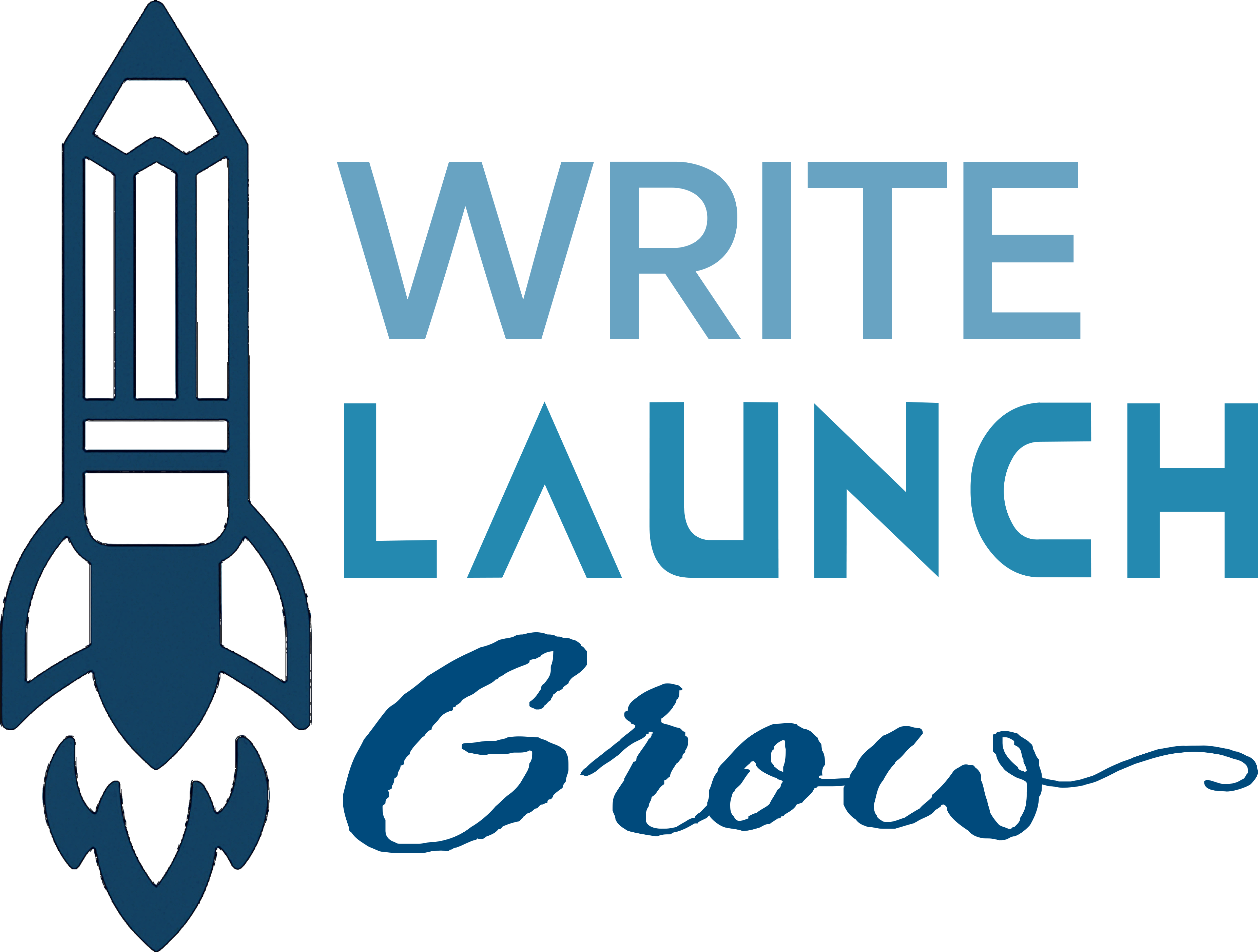Every great story thrives on conflict. It’s the tension in the air, the obstacle in the hero’s path, and the reason readers keep flipping pages late into the night. Whether it’s a clash between characters, an internal struggle, or an epic battle against nature, creating conflict in fiction is what gives stories their heartbeat.
So, how do you make conflict work for your story? Let’s break it down.
1. Character vs. Character: The Classic Showdown
One of the most common (and exciting) types of conflict is when two characters butt heads. Whether it’s a bitter rivalry, a romantic fallout, or a hero-villain showdown, these conflicts drive stories forward.
Think about:
- What does each character want?
- Why can’t they both have it?
- What makes their clash inevitable?
Example: In Pride and Prejudice, Elizabeth Bennet and Mr. Darcy’s misunderstandings and clashing personalities create conflict that keeps readers hooked.
2. Internal Conflict: The Battle Within
Not all battles are fought with swords or sharp words. Some of the most gripping conflicts happen inside a character’s mind. Self-doubt, guilt, moral dilemmas—these struggles make characters feel real and relatable.
Pro Tip: If your character has an important decision to make, let them wrestle with it. The more personal the struggle, the more readers will connect.
3. Character vs. Society: Challenging the Norms
When a character is at odds with the world around them, tension skyrockets. Whether they’re defying an unjust system, fighting against cultural expectations, or exposing corruption, this type of conflict makes for powerful storytelling.
Example: The Hunger Games pits Katniss against a dystopian society that thrives on oppression. Her fight isn’t just for survival—it’s for justice.
4. Character vs. Nature: Surviving Against the Odds
Sometimes, the enemy isn’t another person but the elements themselves. Harsh weather, wild animals, natural disasters—nature can be an unforgiving antagonist.
Think about:
- How does the environment challenge your character?
- What do they have to overcome to survive?
- How does this struggle change them?
Example: In The Revenant, Hugh Glass faces freezing temperatures, starvation, and a relentless wilderness after being left for dead.
5. Character vs. Themselves: Fear, Regret, and Growth
Sometimes, the hardest enemy to defeat is within. When characters wrestle with fear, regret, or deep-seated trauma, their personal growth becomes the heart of the story.
Pro Tip: Let characters fail before they succeed. Real growth comes from struggle, and readers love to see characters overcome their own limitations.

How to Make Conflict Matter
Conflict isn’t just about throwing obstacles in a character’s way—it’s about making those obstacles meaningful. If you want your story to resonate, make sure the conflict:
- Drives the plot forward (every scene should add tension!)
- Has real stakes (what happens if they lose?)
- Pushes characters to grow (challenges shape them!)
Want to make your dialogue reflect these conflicts? Check out our guide on writing realistic dialogue to ensure every word packs a punch.
Final Thoughts
At the heart of every unforgettable story is conflict. Whether it’s a heated argument, a fight for survival, or a personal battle, tension keeps readers invested. So go ahead—push your characters to their limits and watch your story come alive.
Curious about how to balance conflict with story flow? Read our post on letting your story speak for itself to discover how to weave conflict seamlessly into your narrative.
What’s your favorite type of conflict in fiction? Let’s chat in the comments!


Recent Comments